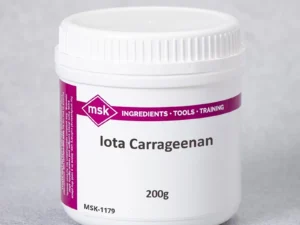Description
Acetic Acid: A Versatile Compound Shaping Our World
Acetic acid, a simple yet remarkably versatile chemical compound, plays a significant role in various industries and even our everyday lives. From the pungent aroma of vinegar to its crucial function in manufacturing, understanding acetic acid is understanding a key building block of modern society.
What is Acetic Acid?
Chemically represented as CH3COOH, acetic acid is a colorless liquid with a characteristic sour taste and strong odor. It belongs to the carboxylic acid family and is commonly recognized as the main component of vinegar, lending it its distinctive flavor. In its purest form, it’s often referred to as glacial acetic acid due to its tendency to form ice-like crystals at temperatures just below room temperature (around 16.7°C or 62°F).
From Vinegar to Industry: A Wide Range of Applications
The applications of acetic acid are surprisingly diverse:
- Vinegar Production: This is perhaps the most well-known application. Vinegar, typically containing 4-8% acetic acid, is widely used as a food preservative, condiment, and cleaning agent.
- Polymer Production: Acetic acid is a critical precursor to various polymers, most notably polyvinyl acetate (PVA). PVA is used in adhesives, paints, coatings, and textile production.
- Production of Cellulose Acetate: Cellulose acetate, derived from acetic acid, is used in photographic film, cigarette filters, and textile fibers.
- Pharmaceuticals: Acetic acid is employed in the production of various pharmaceuticals, including aspirin and other pain relievers.
- Chemical Synthesis: It serves as a vital reagent in numerous chemical reactions and syntheses, facilitating the creation of other valuable chemicals.
- Cleaning and Disinfection: Diluted acetic acid solutions exhibit antimicrobial properties and can be used for cleaning household surfaces and even treating certain minor infections.
- Agriculture: In some applications, acetic acid is used as a herbicide and in the preservation of stored grains.
Production Methods:
Acetic acid is produced through both synthetic and biological methods:
- Carbonylation of Methanol: This is the most common industrial method. Methanol reacts with carbon monoxide under high pressure and in the presence of a catalyst (usually rhodium or iridium) to produce acetic acid.
- Methanol Oxidation: This process involves oxidizing methanol to formaldehyde, which is then further oxidized to acetic acid.
- Fermentation: The traditional method of producing vinegar involves the fermentation of ethanol (alcohol) by acetic acid bacteria. This process is slower but can be used to produce specialty vinegars with distinct flavor profiles.
Safety Considerations:
While acetic acid is generally safe in diluted form (as in vinegar), concentrated acetic acid can be corrosive and harmful. Direct contact with skin and eyes can cause burns, and inhalation of concentrated vapors can irritate the respiratory system. Therefore, proper handling precautions, including wearing appropriate protective gear and ensuring adequate ventilation, are necessary when working with concentrated acetic acid.
The Future of Acetic Acid:
The demand for acetic acid continues to grow alongside various industries that depend on it. Ongoing research focuses on developing more efficient and sustainable production methods, including exploring bio-based production routes and optimizing existing processes to reduce environmental impact.
In Conclusion:
Acetic acid, a seemingly simple chemical, is a cornerstone of modern industry and plays a vital role in countless applications. From the tangy flavor of vinegar to the production of essential materials like polymers and pharmaceuticals, acetic acid continues to shape our world in profound ways. Understanding its properties, uses, and production methods highlights its significance as a key chemical compound.














Reviews
There are no reviews yet.